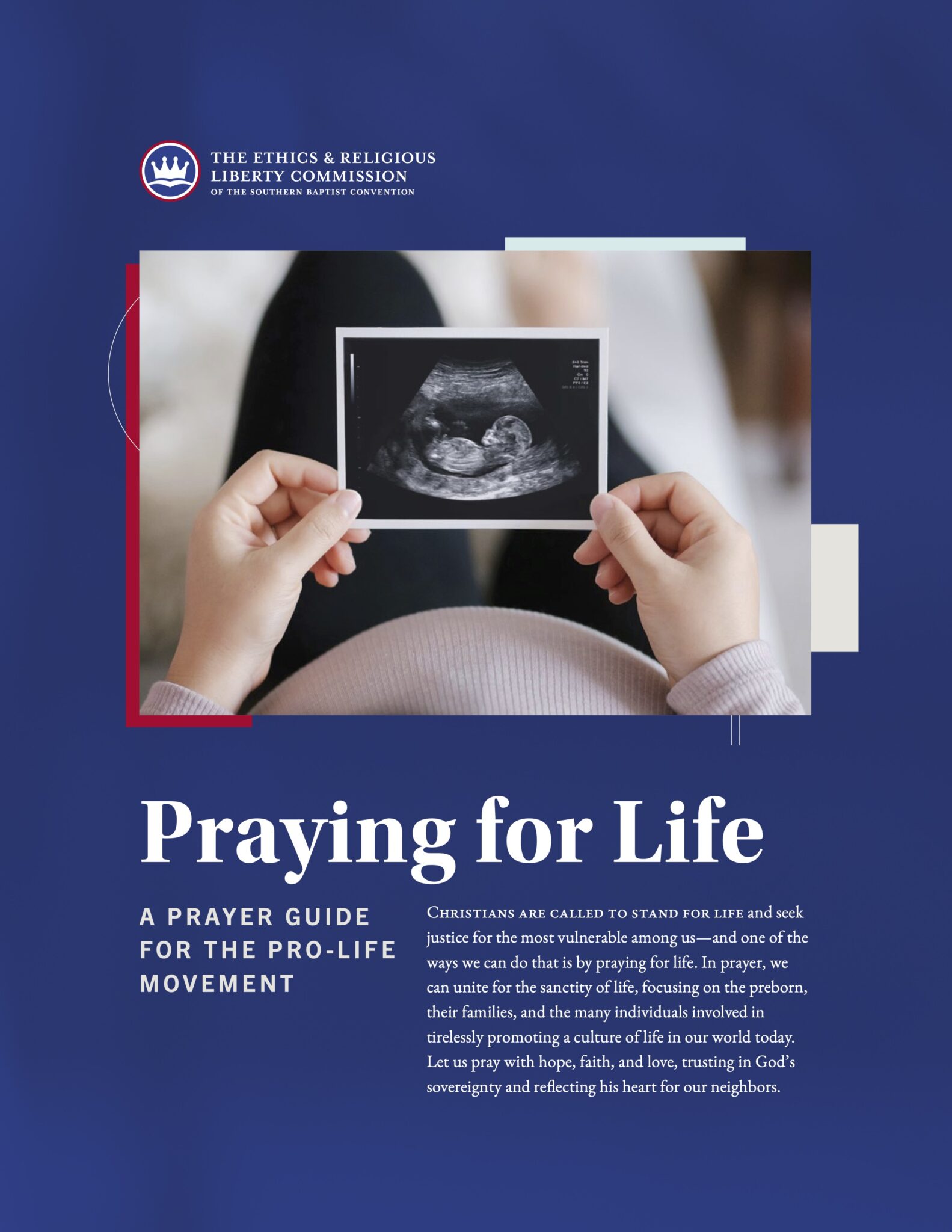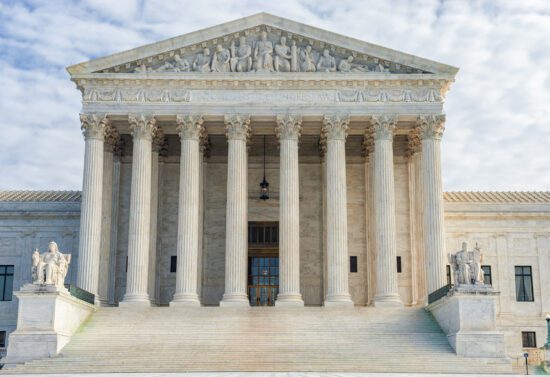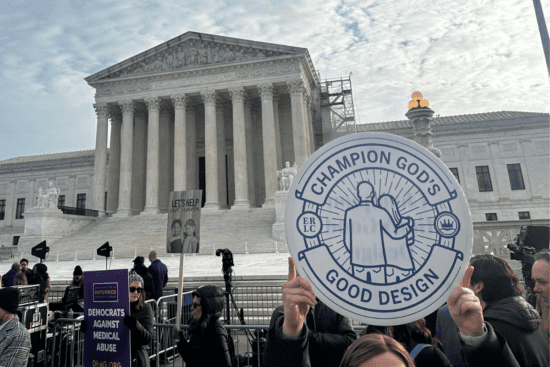Last weekend, Americans celebrated Juneteenth National Independence Day, our nation’s newest legal public holiday. The observance honors Juneteenth, the oldest nationally celebrated commemoration of the ending of slavery which dates back to June 19, 1865. But for some Black Americans, slavery both ended before and after that date.
Here is a brief timeline of the 86-year period of the abolition of slavery within the continental United States.
1780: Pennsylvania adopts a gradual abolition of slavery
In 1780, the Pennsylvania legislature passed the “Act for the Gradual Emancipation of Slavery.” The law freed only slaves born after its enactment, and the registered children of slaves would be enslaved until their 28th birthday. Also, while Pennsylvanians could no longer legally import slaves, they could buy and sell those who had been registered after 1780.
1783: Massachusetts becomes first state to abolish slavery
When the state adopted its constitution in 1780, slavery was still legal in Massachusetts. But in three related court cases from 1781 to 1783, the state’s Supreme Judicial Court applied the principle of judicial review to abolish slavery, stating the laws and customs that sanctioned slavery were incompatible with the new state constitution.
1787: Slavery is banned in new territories in the northwest
The Confederation Congress adopted the Northwest Ordinance in 1787. This law established a government for the Northwest Territory, outlined the process for admitting a new state to the Union, and outlawed slavery in the new territories.
1817: Gradual emancipation adopted in northern and western U.S.
Following the Pennsylvania model, many northern states adopted a process of gradual emancipation. While about two dozen slaves were still held in those states by the time of the Civil War, by 1817 every state in the northern and western U.S. had committed to abolition.
1863: Emancipation Proclamation expands the policy of abolition
On Jan. 1, 1863, during the second year of the Civil War, President Abraham Lincoln issued the Emancipation Proclamation, which declared “that all persons held as slaves” within the rebellious states “are, and henceforward shall be free.” The “designated States” to which the Proclamation applied were Alabama, Arkansas, Florida, Georgia, Louisiana, Mississippi, North Carolina, South Carolina, Texas, and Virginia. The proclamation did not free slaves in the border states (which were loyal to the Union) or southern states that were controlled by the Union Army.
1865: The U.S. ratifies a Constitutional amendment abolishing slavery
On Jan. 31, 1865, the House of Representatives passed a proposed amendment that stated, “Neither slavery nor involuntary servitude, except as a punishment for crime whereof the party shall have been duly convicted, shall exist within the United States, or any place subject to their jurisdiction.” The amendment needed 115 votes to pass and received 119 (with 56 votes in opposition). The following day, Lincoln approved a joint resolution of Congress submitting it to the state legislatures for ratification. The number of states needed to ratify the 13th Amendment was reached on Dec. 6.
1866: Slavery is abolished in the territories of Native American tribes.
The so-called “Five Civilized Tribes” of the southeastern U.S. (the Cherokee, Chickasaw, Choctaw, Creek, and Seminole) were the only Native American groups to formally recognize the institution of African slavery. As the legal scholar J. Gordon Hylton noted, “at the outset of the Civil War, African-American slaves made up 14% of the population of Indian Territory occupied by the civilized tribes.” Because of tribal sovereignty, neither the Emancipation Proclamation nor the 13th Amendment to the Constitution directly applied to what Hylton says were the “unorganized portion of the American public domain that was set apart for the Native American tribes.”
The United States government addressed the issue of slavery in Indian Territory in 1866 by entering into new treaties with each of the Civilized Tribes. Until these treaties, notes Hylton, only the Cherokee had taken steps to abolish slavery. In each of the 1866 treaties the tribal signatory acknowledged that slavery would no longer be recognized as a legal institution by the tribe.
The end of slavery within the continental United States thus officially came to an end as a legal institution on June 14, 1866.









